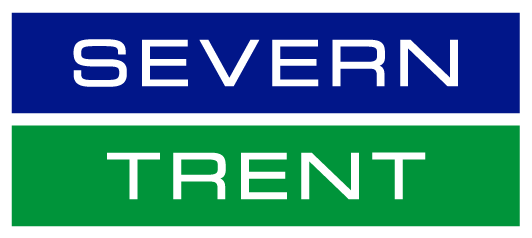Water Resources Management Plan
Explaining our Water Resources Management Plan.
A statutory requirement
It is a statutory requirement that every five years water companies produce and publish a Water Resources Management Plan (WRMP).
The WRMP should demonstrate that we have long-term plans in place to accommodate the impacts of population growth, drought, our environmental obligations and climate change uncertainty in order to balance supply and demand.
It consists of several elements.
How the plan is made
Consider environmental impacts
Statutory timetable for WRMP
Consider affordability for customers
Consult with stakeholders
Future challenges
Our Water Resources Management Plan must demonstrate
- Resilience to a range of risks – e.g. drought, loss of supplies.
- Flexibility and adaptability – the plan must be robust to changes to supply and demand forecasts in the future.
- Approach to climate change – drier summers and wetter winters make it harder to meet peak demand.
- Sustainable abstraction options – which don’t deplete our natural resources or have a negative effect on biodiversity and our local river environment.
- Planned proactive work – proactive maintenance of our network to reduce amount of water wasted by leakage and optimise the use of our sources.
Water Resource Management Plan
We published the final version of our Water Resources Management Plan (WRMP24) on 11 April 2025. This latest plan looks ahead to what we plan to do between 2025 and 2085.
Bid assessment framework
The purpose of this Bid Assessment Framework is to support the market for water resources, demand management and leakage services.
It provides guidance and a template to enable you to submit proposals to help us maintain our water supply balance.
This process is designed to ensure transparency and fairness throughout the tendering process and builds on existing processes and our obligations for water resource planning, procurement law and competition obligations.
The BAF was introduced to encourage competitive bidding market for water resources, demand management and leakage so that we will adopt the best value options regardless of their origin.
This way we will ensure our customers have the lowest possible bills.
We’re happy to receive proposals from all organisations.
All these proposals will be subject to a straightforward and transparent pre-qualification evaluation.
We run an annual cycle to generate bids but we are more than happy to accept ad-hoc or speculative submissions at any time.
You can download a guide to the Bid Assessment Framework and the process to help you in your tender.
You can also download an excel spreadsheet containing the relevant application forms.
We will ensure confidentiality in two ways.
- We are happy to enter into a non-disclosure agreement.
- We have a separate team that will assess your proposal. Those developing water resource schemes, demand management and leakage services will not have access to your ideas or intellectual property.
Get in touch with us if you have any questions or feedback
If you have queries on any part of the process, or want to discuss technical aspects of your proposal, please get in touch by emailing our team at BAFProcurement@severntrent.co.uk.
